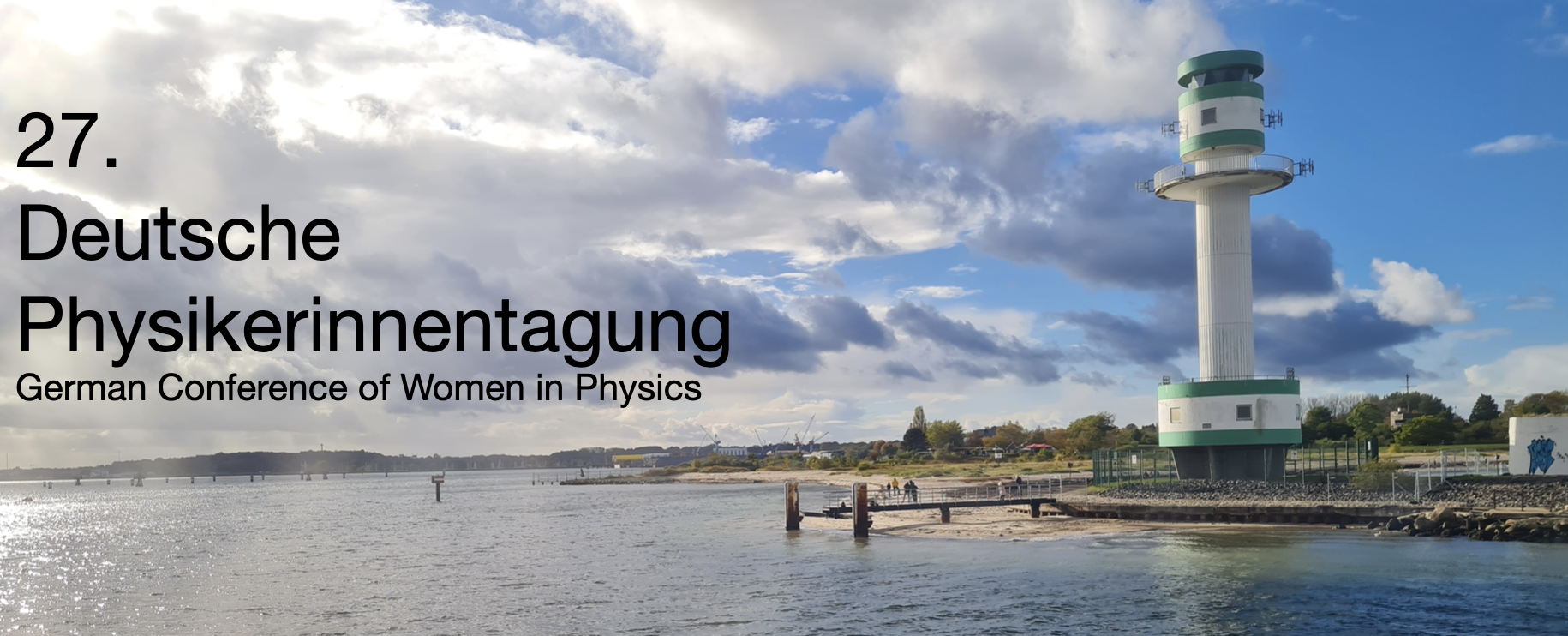Speaker
Description
The development of vertex and tracking detectors for future lepton colliders faces various challenges regarding time and position resolution while maintaining a low material budget and the capability to process high particle rates. In this context, one method to improve the position resolution of a sensor is to reduce the pitch size. This approach also allows to maintain a small position resolution while reducing the material budget. This is especially relevant for vertex detectors as the reduced sensor thickness in this case results in reduced charge sharing between neighbouring pixels, which otherwise would negatively affect the position resolution. On the other hand, reducing the pitch size results in a higher number of pixels, thus an increased readout bandwidth would be required. In addition, the pitch size is mechanically limited due to bump bonding.
The enhanced lateral drift (ELAD) sensor prototype addresses the aforementioned requirements for applications in future lepton colliders while avoiding the disadvantages of a reduced pixel pitch by featuring a multiple-layer design, which allows for the precise tracking of charged particles. The different layers of this silicon sensor include buried doping implants to locally modify the electric field. Due to this, the drift path of charge carriers in the sensor volume is altered, thus allowing for position-dependent charge sharing between neighbouring pixels, which results in an improved interpolation of the impact position. This talk presents preliminary results of the laboratory characterisation of an ELAD sensor prototype.

